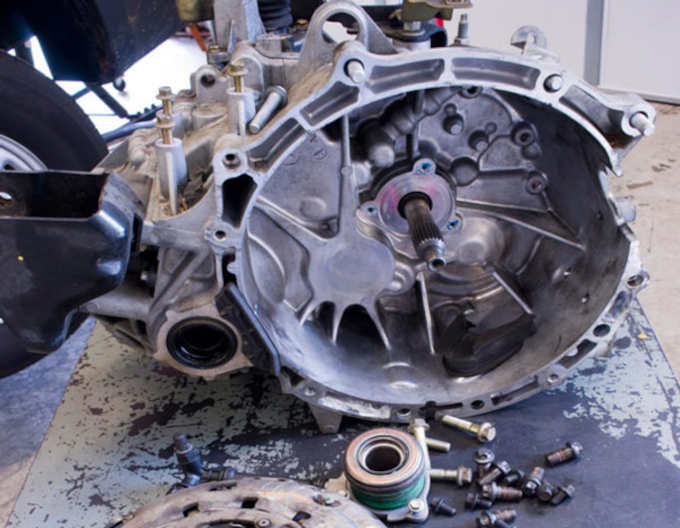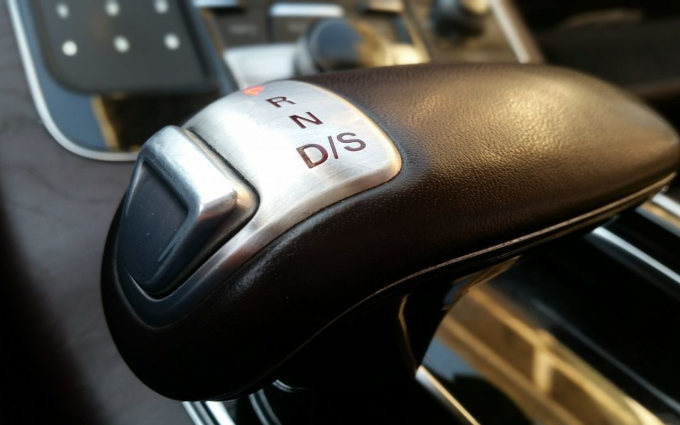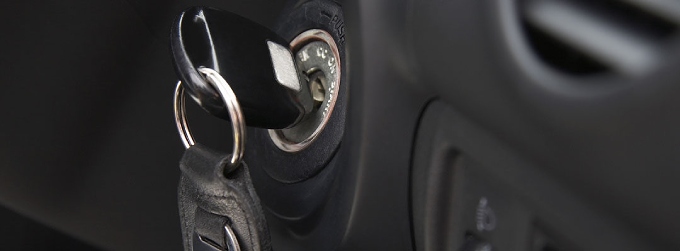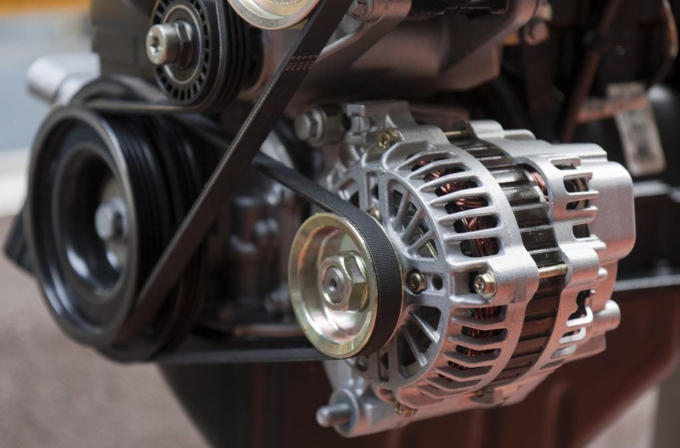So, What is Torque Converter?
Torque converters are very special engine components, and their innards rarely see the light of day, when and if they do, they are still pretty difficult to figure out. Compared to other internal components of your vehicle, the torque converter resembles something out of a spaceship. Regardless of how this component looks or sounds like, if you have an automatic transmission vehicle, you use this component daily.
If you have some basic knowledge about manual transmission vehicles, then you know the engine connects to the transmission with a clutch. Without this connection, the vehicle wouldn’t be able to come to a complete stop without killing the engine. However, vehicles with an automatic transmission don’t have a clutch disc connecting the engine to the transmission; instead, they have a torque converter. Its physical appearance may not seem like much, but a lot happens on the inside.
Your vehicle’s torque converter is the same as the clutch of a vehicle with a manual transmission. However, unlike a manual transmission vehicle, it uses fluid to transmit power to the transmission preventing your engine from stalling and allowing the transmission to change.

Your Torque Converter Explained
A torque converter is a doughnut-shaped internal engine component directly attached between the engine and transmission. Inside the torque converter, there are two series of curved blades, each facing the opposite direction. The space inside the torque converter is normally full of transmission fluid, which helps in transferring power generated from the engine to the transmission. It seems odd, right? Not really! Your vehicle’s engine drives one of the turbines also known as the impeller, that pushes the fluid onto the turbine. The torque converter is efficient since its blades are precisely engineered to maximize the energy transmission reducing heat buildup or turbulence.
A better way to understand its working is to imagine two fans facing each other. When a single fan plugs into the mains (the engine), it will begin to move the second fan (transmission). In case the fan blades are of the same dimension and weight, they will spin at the same rate. However, this is a rough simplification of how the torque converter works.
There are a few factors that make it possible for the torque converter to be more efficient; this includes the stator, which helps it redirect the flow of transmission fluid back to the impeller for improved efficiency.
How Does a Torque Converter work?
It’s a bit difficult to grasp the concept of how fluid can provide the power to move something as substantial as a vehicle. A pump helps achieve torque control that works by sending fluid around the torque converter determined by the rotation of the crankshaft. Within the housing is a turbine that rotates as the pumped fluid comes into contact with the turbine vanes, this helps gauge the amount of torque that gets to the transmission through the input shafts.
The torque converter casing connects to the flywheel, spinning at the same rate as the crankshaft, within the housing of the turbine. The impeller or centrifugal pump effectively flings the transmission fluid into the fins of the turbine that in turn spins or transmits the torque into the transmission. The stator is the barrier that flings the fluid straight back into the turbine instead of into the pump, increasing efficiency in the system.
When the vehicle is idling, the rate at which the transmission fluid pumps into the turbine is slow, meaning very little torque gets to the engine through the transmission. As the crankshaft rotates faster with more throttle rotating the flywheel, fluid is propelled faster from the pump to the turbine forcing the turbine to rotate faster, allowing for more torque through the transmission.
It is important to note that the inner workings of the torque converter are still somewhat of a mystery. The basic mechanics might be understandable, but the intricate calculations and engineering behind it are best understood with someone with advanced knowledge in fluid mechanics.
Related: AAMCO Bay Area Radiator and Cooling System Services
Related: Signs It’s Time For an Auto Tune-Up
Related: Is Your Car’s AC System Performing
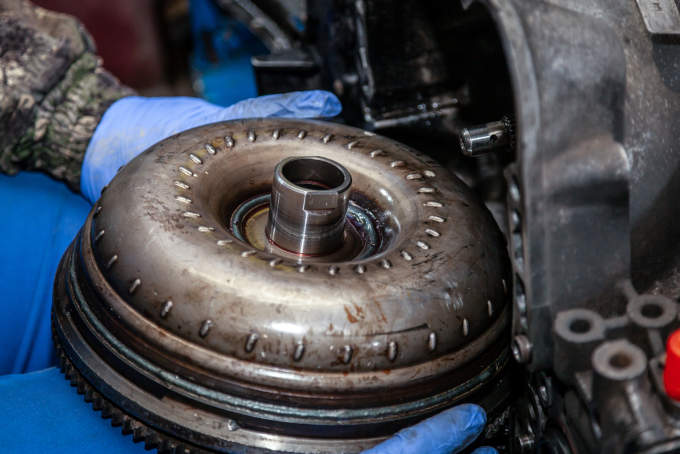
Can a Torque Converter Experience Problems?
There are several different ways in which a torque converter can malfunction, some of which can be very dangerous. High levels of slippage will cause overheating, which damages the elastomer seals that help keep transmission fluid in the converter. When the fluid starts leaking out, it will stop functioning altogether.
There’s also a possibility of the stator clutch braking or seizing completely. When this happens, the inner and outer elements of the clutch will be permanently locked, prompting fuel inefficiency. In case the stator breaks completely, it will spin freely, halting the vehicle’s power. When a lot of pressure is created from the hot fluid moving inside the housing of the torque converter, it could get too high causing it to inflate or burst.
Get information about your vehicle
Your vehicle’s torque converter is an overlooked part of any vehicle. Most owners will never interact with this part in their entire driving life. However, it’s the driving life of an automatic transmission and also a big part of fuel efficiency. Getting to know about its working could help you know how to diagnose problems attributed to your transmission, saving on time and cost of repairs.
Our Services
Experiencing transmission issues? Your Torque converter could be faulty. Check-in or contact your nearest AAMCO Bay Area car repair center for a full transmission diagnosis. We offer the best auto care service in the Bay Area.
Apart from transmission services, we also specialize in Auto Tune-up Services, Suspension Repairs, Regular Car Maintenance, Oil Change Service, and many more. Our professional technicians have the necessary skills as well as the industry knowledge to offer full solutions for your vehicle.
Related: AAMCO Bay Area Factory Recommended Maintenance Services

 Schedule Appointment
Schedule Appointment








